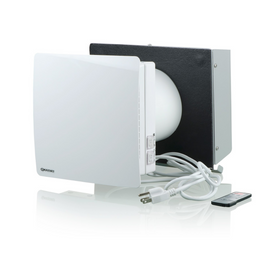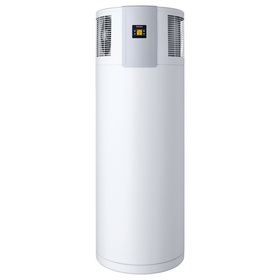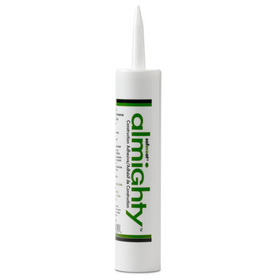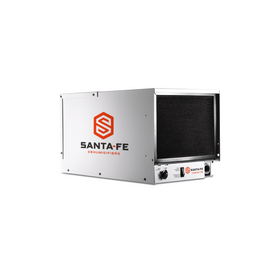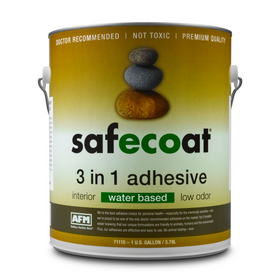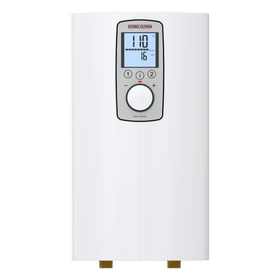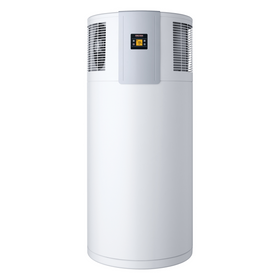
DIY Home Projects to Increase Your Home Equity
Last Updated: Apr 13, 2025One of the most significant financial commitments that most people will make during their lifetimes is homeownership. Purchasing a home will most likely leave you with a several-decade mortgage commitment. However, for most families, the equity that you build through ownership is one of the most valuable financial assets. Many financial advisors recommend that the best way to increase the equity in your home immediately is by making a sizeable down payment at the outset. Another great strategy is to opt for shorter-term mortgages with higher monthly payments. The more you pay upfront, the more you truly own.
Unfortunately, not every homeowner has the financial stability and means to commit large amounts of money towards paying off a mortgage. For many of us, our financial situation only allows us to make a small down payment and choose the lowest possible monthly payment plan. In this case, there are other less expensive ways to increase the equity in your home quickly. Below, we look at a series of DIY home projects that will promptly increase your home's overall value.
Table of Contents
- Spice up Your Kitchen Cabinets
- Paint, Paint and Paint Somewhere
- Replace Carpeting for Wood Floors
- Increase the Energy Efficiency of Your Home

Spice up Your Kitchen Cabinets
The kitchen is still widely considered the heart of every home. Any visible improvement you can make to your kitchen will quickly add to the appraised value of your home. Many homes, especially older ones, tend to have cheaply made kitchen cabinets that are drab and featureless. They are often made from MDF or synthetic materials that certainly don't offer a look of elegance and sophistication.
However, completely replacing old cabinets is an expensive ordeal that will most likely require you to hire a professional. Quality wood veneer cabinetry might very well cost anywhere between $2,500 and $6,000.
One DIY project to upgrade your kitchen cabinets is through refacing the old cabinet with self-stick veneer options. If you are not a professional carpenter, this is an easy fix that won't require you to get out the saw and drill. Wise Wood Veneer is one company that offers self-stick options made from real wood. You can choose from a wide variety of wood options, including bamboo, cherry, oak, pine, and others.
The adhesive backing on these veneer strips means that you won't need to use any other type of glue. Many of these glues contain formaldehyde or other toxins that will off-gas potentially dangerous VOCs into your home. These adhesive veneers start at just over $20 for a 2x8 sheet. So, you should be able to inexpensively transform those ugly avocado-green cabinets that you inherited from a previous owner into stunning, natural wood cabinetry that highlights your sustainable kitchen. Just make sure that you measure twice and cut once so that your cabinets don't end up looking like a first-grade art project.

Paint, Paint and Paint Somewhere
One of the best ways to freshen up a home and make it look clean and renovated is by adding a fresh coat of paint. In general, it is not advisable to add a wide variety of bright hues. Neutral colors are a safer option. They allow you to accent the rest of the room with more brightly colored textiles, furniture, and other accents. Not everyone will enjoy those bright orange walls. While those peculiar-colored walls might suit your fancy, they might lower your overall home value.
When considering which paints to use for your interior walls, opting for zero-VOC paints is another way to increase your home equity. More and more homebuyers are aware of the potential dangers that VOCs pose. With this knowledge, an increasing number of purchasers are willing to pay more for homes that actively seek to reduce the toxins in their indoor environment. Take a look at some of our favorite picks for interior paints here.

Replace Carpeting for Wood Floors
Most homebuyers in today's market are looking to get rid of the wall-to-wall carpet that was a staple in many older homes. People who suffer from dust mite allergies (around 10% of the general population) will most likely suffer moderate to severe allergies from having carpets in their homes.
The work of ripping up old carpets and installing wood flooring might seem like a daunting task. However, it is a feasible DIY project and will save you a lot of money by avoiding hiring professional help. This DIY improvement will quickly increase the equity of your home.
Ripping out carpet is generally an easy task. Make sure to wear a HEPA mask (high-efficiency particulate air). This mask will help avoid inhaling any allergens or potentially toxic dust substances from glues or other materials within the carpet. Thin nail strips and staples are usually the only things holding the carpet to the subfloor.
Once your carpet has been removed, you will want to lay the buffer layer between the plywood subfloor and your new hardwood floors. Red rosin paper is the most common buffer layer and is made from 100% recycled felt paper.
Fortunately, installing hardwood flooring isn't all that difficult. Start from the longest, unobstructed wall and leave a small space (about 3/8th of an inch) for contraction and expansion. You will want to face nail the entire first board and hand nail the rest of the boards. You can read a complete story about self-installing a hardwood floor here.
Opting for FSC-certified hardwood flooring or choosing reclaimed hardwood for your flooring options will increase your home's overall sustainability and might even increase the value of your home. There is growing evidence that sustainable home features (like reclaimed hardwood flooring) can increase the home's overall value.
Increase the Energy Efficiency of Your Home
Homes that use less energy to maintain a comfortable indoor temperature will obviously be more coveted on the market. No one enjoys paying an expensive heating and cooling bill. During the summer months, installing a whole house fan is a simple DIY project that can potentially lower your air conditioning bills by up to 30%. This tutorial video shows guides you through the step-by-step installation of a whole house fan. This upgrade could save you money during the summer months while also increasing your home's value.

A programmable thermostat is another relatively inexpensive addition to your home that will likely save you money on your heating and cooling bill. This device allows you to set schedules for different household temperatures depending on your daily schedule. A normal programmable thermostat can be found for under $150, and with a little bit of basic electrical knowledge, you should be able to install your own programmable thermostat.
Tobias Roberts
Tobias runs an agroecology farm and a natural building collective in the mountains of El Salvador. He specializes in earthen construction methods and uses permaculture design methods to integrate structures into the sustainability of the landscape.

